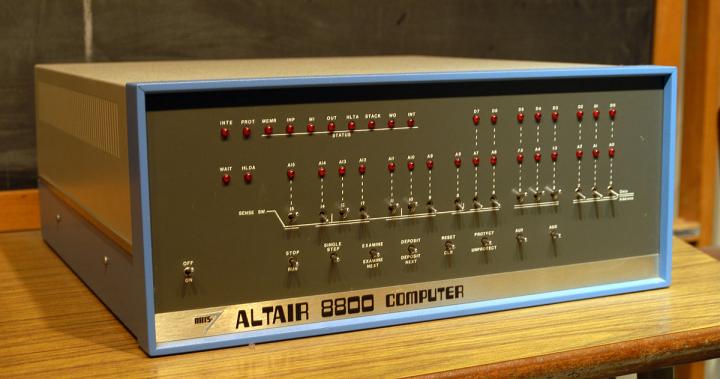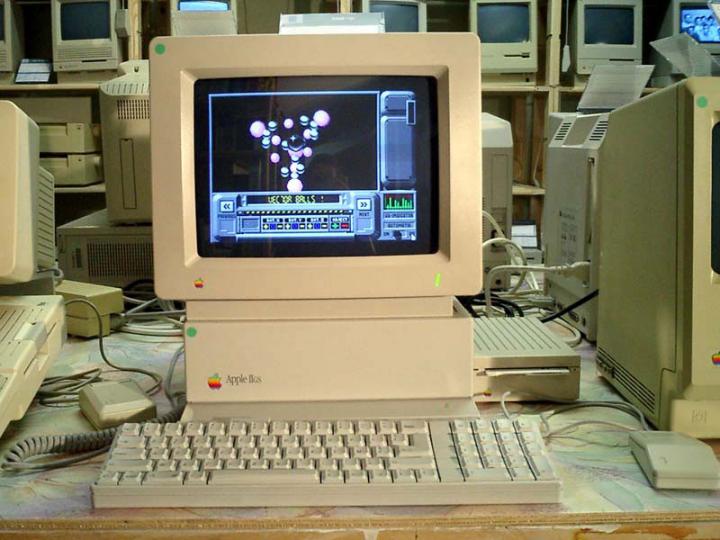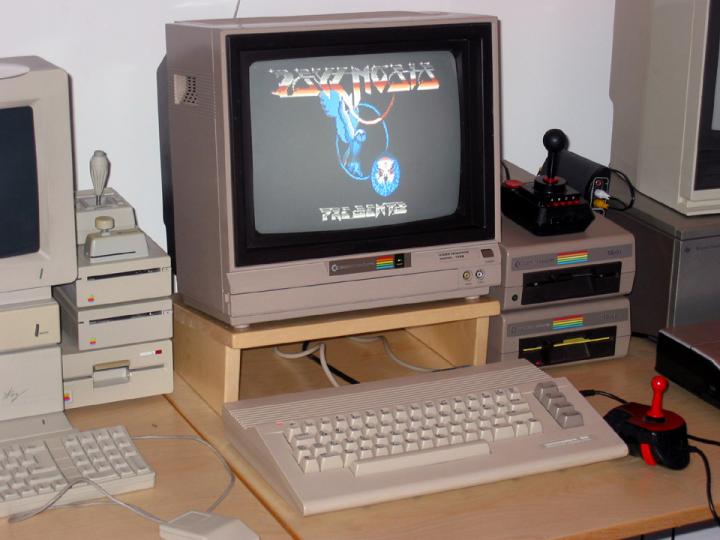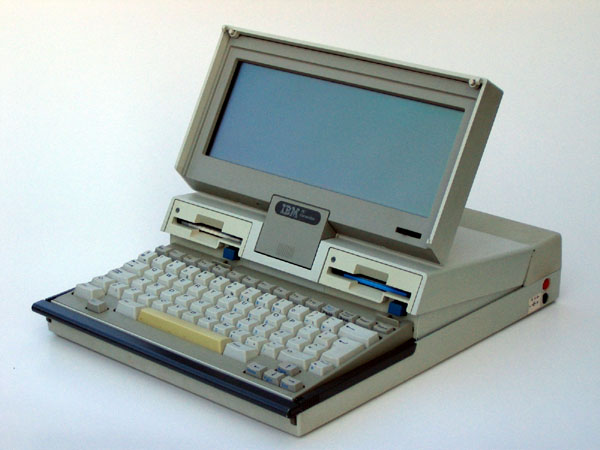The evolution of the personal computer
How to live today without computers, smartphones and other gadgets? It is even more difficult to realize that 50 years ago these technologies could only be learned from science fiction books.
We offer a short digression into history to find out how personal computers developed.
The first computers were created after the end of World War II. They were very large and expensive (even more than the latest modern MacBook). Therefore, only employees of serious organizations, banks or leading universities could play with such toys. But the development of home PCs (personal computers) took place in the second half of the twentieth century. The first is the mini-computer PDP-8. It was released in March 1965 by the Digital Equipment Corporation.
It should be noted that when we call the PDP-8 a mini-computer, we mean that it did not take up the entire room. The PDP-8 was no more than an ordinary refrigerator, which sounds pretty crazy for our time. Its price was $ 18,500, but this did not stop computer enthusiasts from buying this miracle of technology. Therefore, the PDP-8 became not only the first home PC, but also the first commercially successful computer.
The next "breakthrough" was made by MITS when it released the Altair 8800 computer in 1975. It is considered one of the "revolutionaries" of home PCs, as well as the first link in the formation of personal computer manufacturing companies.

What is the secret of Altair 8800? It was compact, productive and inexpensive. For only $439, anyone could purchase parts for a computer and assemble it with the help of Popular Electronics magazine. For $621, you could get a ready-made model. The Altair 8800 had an Intel 8080 microprocessor clocked at 2 MHz, and could handle 8 and 16-bit numbers. By the way, Bill Gates started his career thanks to the Altair 8800!
At the same time, two more computer enthusiasts - Steve Jobs and Steve Wozniak - decided to create a company that would develop computer technology. Their truly revolutionary project can be called the Apple II, which appeared in 1977. Jobs and Wozniak demonstrated what a general purpose computer should be like. Since that time, equipment could be used not only by enthusiasts or radio amateurs, but also by ordinary citizens.

IBM PC 5150
In 1981, IBM joined in the hype and released the IBM PC 5150, which can probably still be found in some government offices.
The computer is considered one of the most successful home PCs in the world. A total of 20 million units have been sold. The PC was equipped with a MOS 6510 processor. It could also be connected to a TV and used as a game console.

Apple Macintosh
Apple's next successful product was the Macintosh, which finally defined the personal computer. The main innovations that the product flaunted were a mouse-type manipulator and a fully graphical interface. In fact, it is the great-grandfather of all modern iMacs and MacBooks. It is also the first computer to say hello to its future users.
The IBM PC Convertible is the world's first laptop, introduced in 1986 by IBM. It had an Intel 80C88 processor and 256 kilobytes of RAM, which could be expanded up to 512 kilobytes. The laptop also boasted two disk drives and a modem. The PC sold very poorly. It was heavy, not fast enough, and the LCD was not easy to read. The IBM PC Convertible is still the first laptop that was released into mass production and influenced the further development of the industry.

A little about the future
Technology never stops evolving. Now most companies are trying to create high-performance computers that do not take up much space. Leading is Apple, whose products over the past ten years have gained immense popularity in all corners of the Earth.
Large personal computers are beginning to give way to ultra-thin laptops and tablets (although there are still enthusiasts who build and upgrade PCs on their own). According to experts, in 100 years the functions of a laptop or PC will be performed by smart watches, smartphones and hologramophones, and powerful PCs will be used to calculate large amounts of information.



